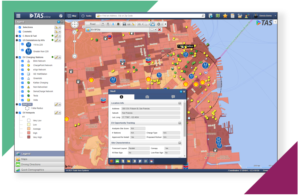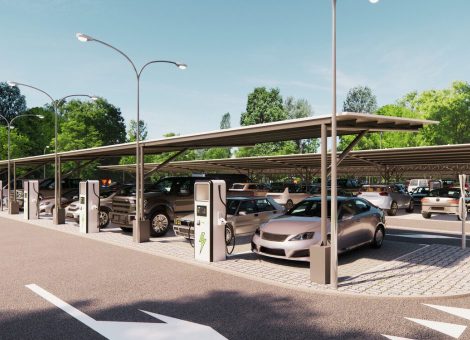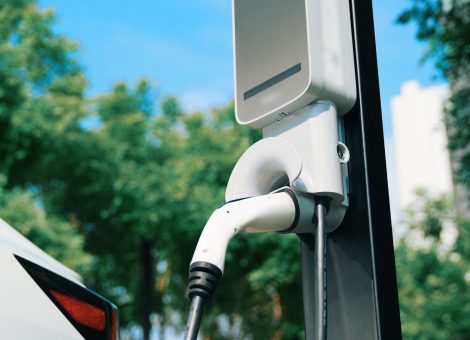Electric vehicles: Three steps to a winning charger placement strategy
When creating an EV charger placement strategy, the amount of data and information to consider can be overwhelming. To make this a little more manageable, break it into demand and supply.
Starting with demand is key; in order to assess demand, you must understand levels of EV ownership. But what about how that demand changes as we move up the EV adoption curve? You need to consider this shift to ensure you are planning for both the market of today and that of tomorrow. Similarly, travel patterns can tell you a lot about who is likely to be a potential customer – if your offering is right, of course. Also, you need to understand the preferences and behaviors that will drive them to your location. How can you use your own customer data? Does your loyalty data hold the key to potentially profitable segments, and can this contribute to an effective strategy?
Then we consider the supply side, are there existing charging networks around your locations; what facilities are already available – is your competition active in the market? Can you tap into unmet demand? What is the power supply infrastructure around your sites? And how does this impact the viability of deploying chargers? If the cost of powering the locations is substantial, do those sites really represent an opportunity or should they be removed from your pipeline?
Once you have acquired these data points, you need to understand how they can inform an EV placement strategy. Let’s consider the distinct ways in which you can approach this.
Data layers and visualization
As explored above, you should start by assessing which datasets are available to help inform your strategy. That could be insight around the EV driver, levels of adoption, current and future demand, and the characteristics of your trade area. In order for these data sets to be used in a meaningful way, it’s crucial to curate them to allow them to work together. Dropping these layers into a map-based GIS visualization tool enables you to understand the interaction of each factor that has a bearing on supply and demand. This further enables you to begin implementing additional analytics to gain deeper insight.

Insight and analytics
Progressing from data visualization to analytics, the next step involves overlaying the variables from the selected data sets to enable actionable insights to be developed. You can now begin to model the combined impact of these variables to pinpoint optimum locations based on pre-defined criteria, such as the attractiveness to the consumer, nearby points of interest, or simply the potential demand. You could also rank based on feasibility by focusing on infrastructure requirements. How and which dataset are used will be determined by your individual situation – i.e., what characteristics are most important to your brand and EV strategy?
At this stage you may also begin exploring customer profiles based on EV adoption to determine the optimum retail offer, which helps you grow market share, and increases the speed of ROI.
Predictive analytics and forecasting
While understanding the present state of the market supports decision making in the near term, the growth in adoption of EV is fast. Any investment decisions must also fit your market as it evolves.
Forecasting tools can help you understand the impact adding EV charging to your sites based on likely demand now, and in the future as the EV adoption curve changes within your trade area. This final part of the jigsaw allows businesses to truly master their market; serving the needs of the early EV adopters through to mass ownership.
Kalibrate is already helping clients create their EV charger placement strategies. You can now watch a demonstration of how we identify the best sites for deployment.
Read more articles about:
Electric VehiclesSubscribe and get the latest updates
You may unsubscribe from our mailing list at any time. To understand how and why we process your data, please see our Privacy & Cookies Policy
Related posts
Electric Vehicles
From convenience to value: Pricing strategies for the new wave of EV drivers
As electric vehicle (EV) adoption accelerates globally, the profile of the EV driver is starting to shift. In the...

Electric Vehicles
Kalibrate launches EV Pricing solution to transform electric vehicle charging operations
Launching Kalibrate EV Pricing - the intelligent EV pricing software for strategic CPOs


